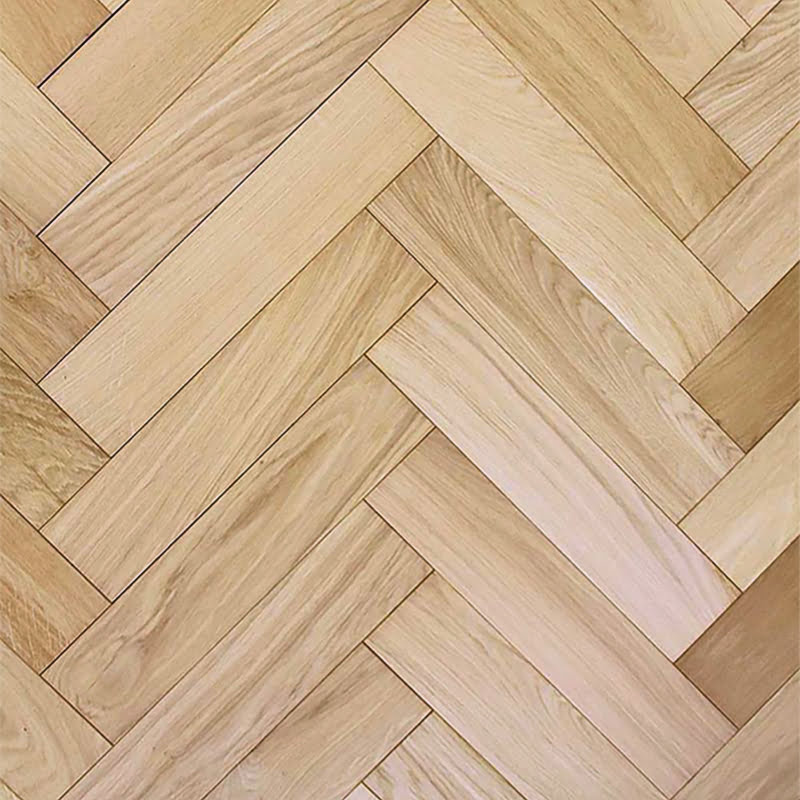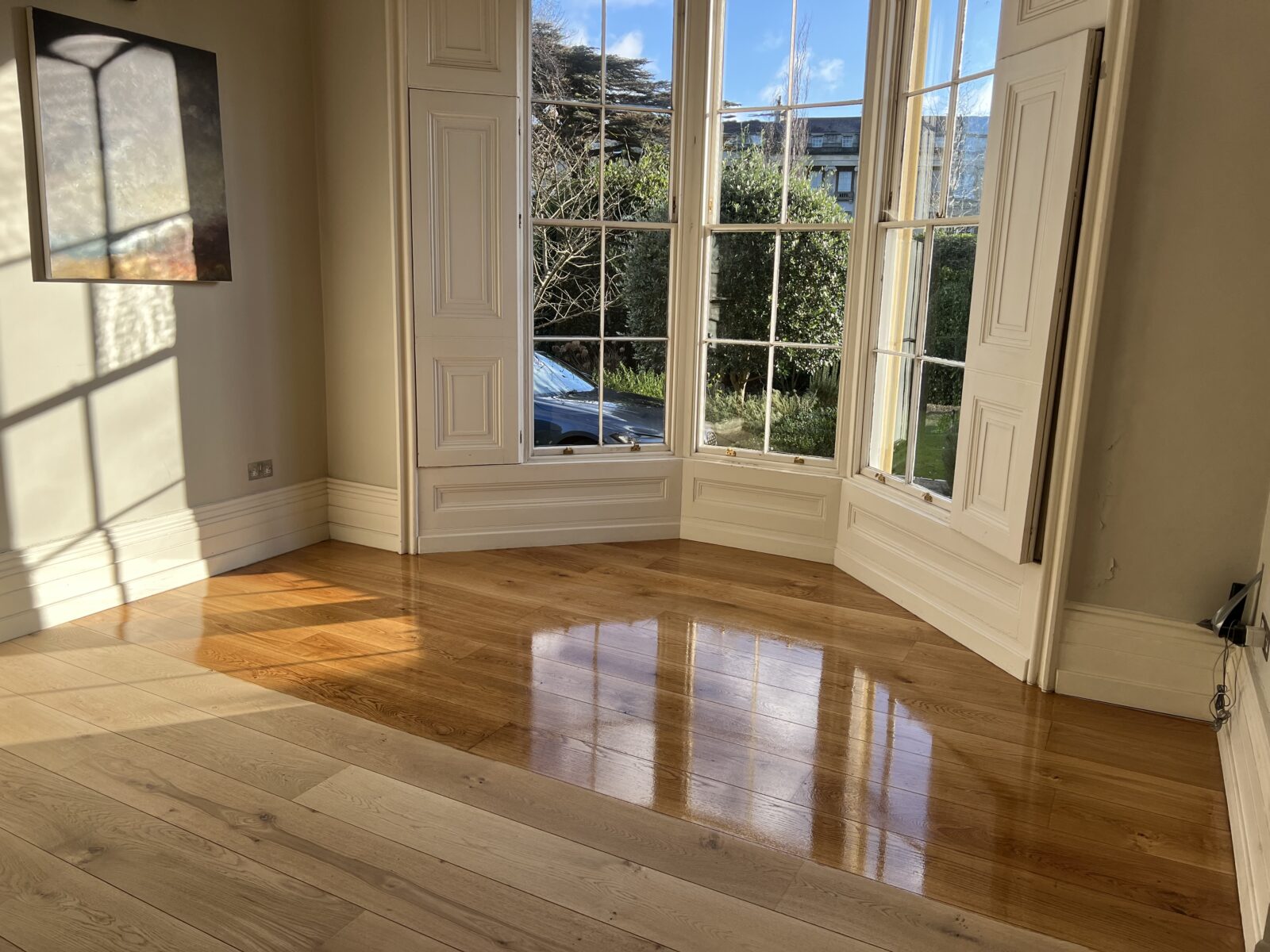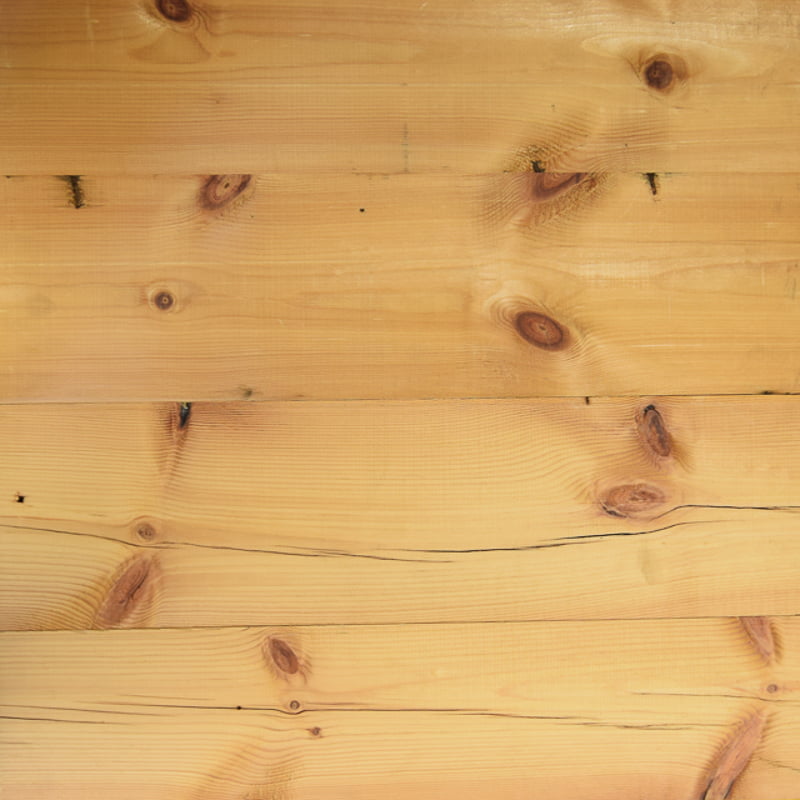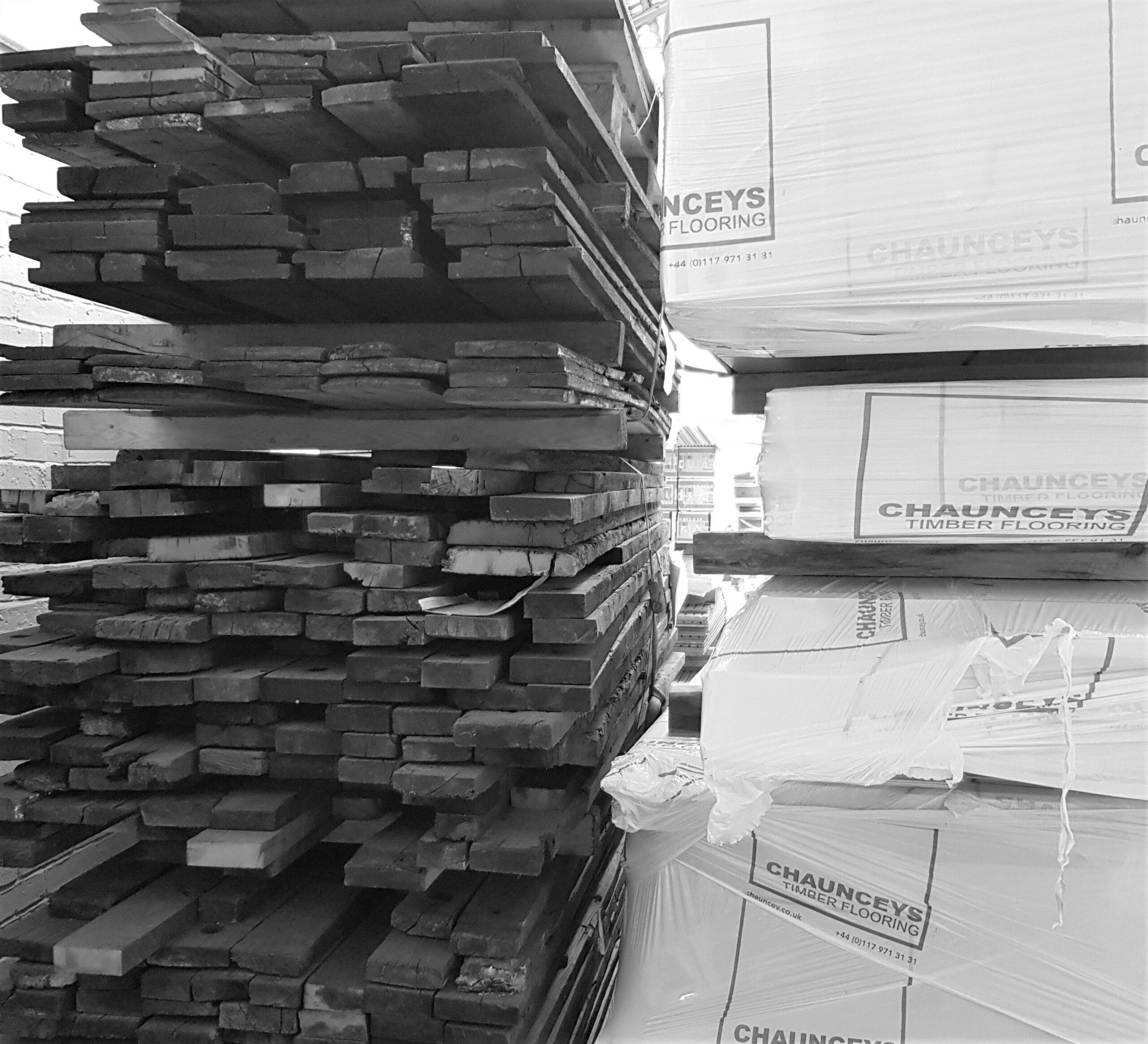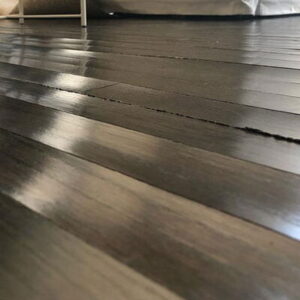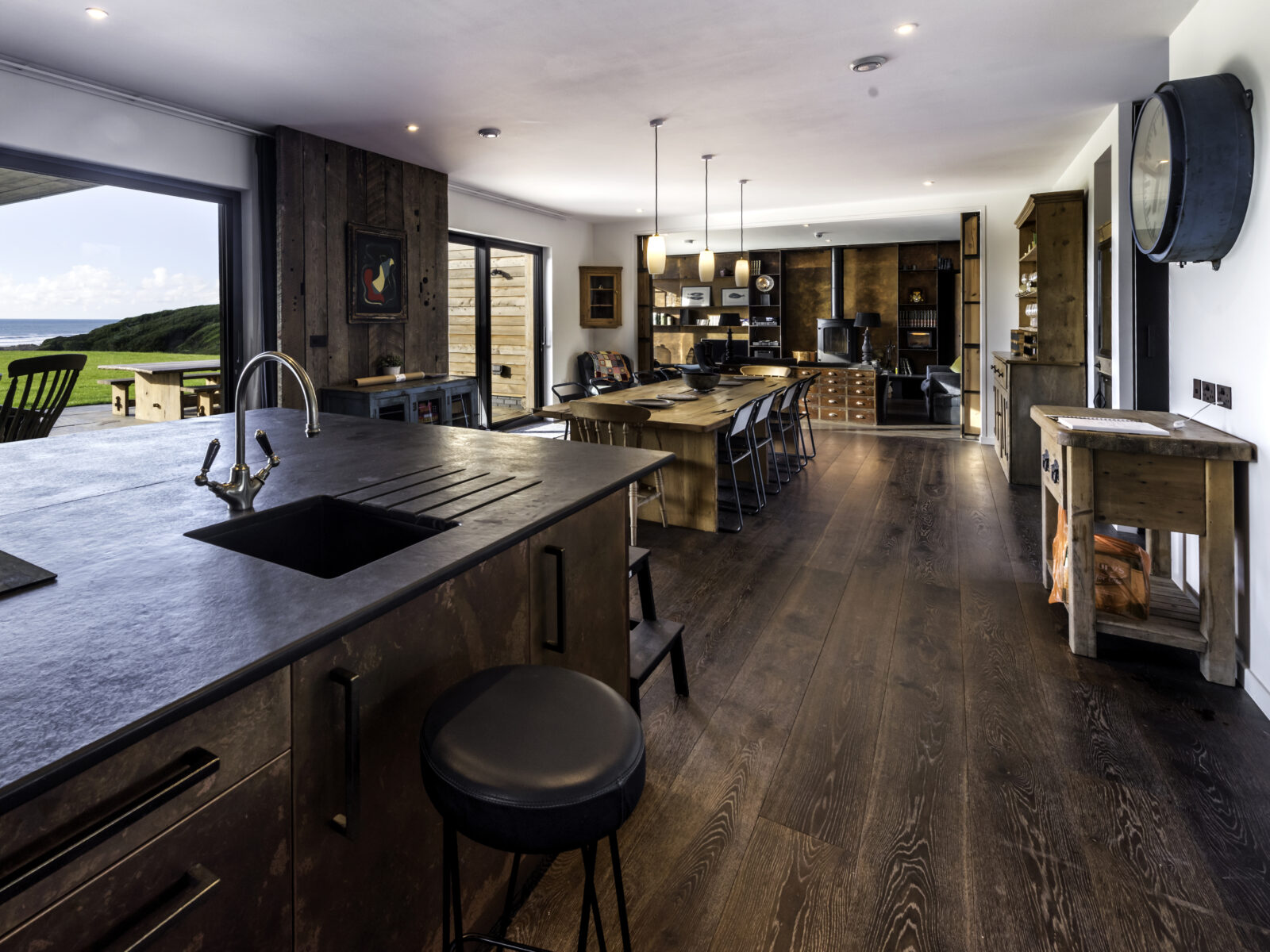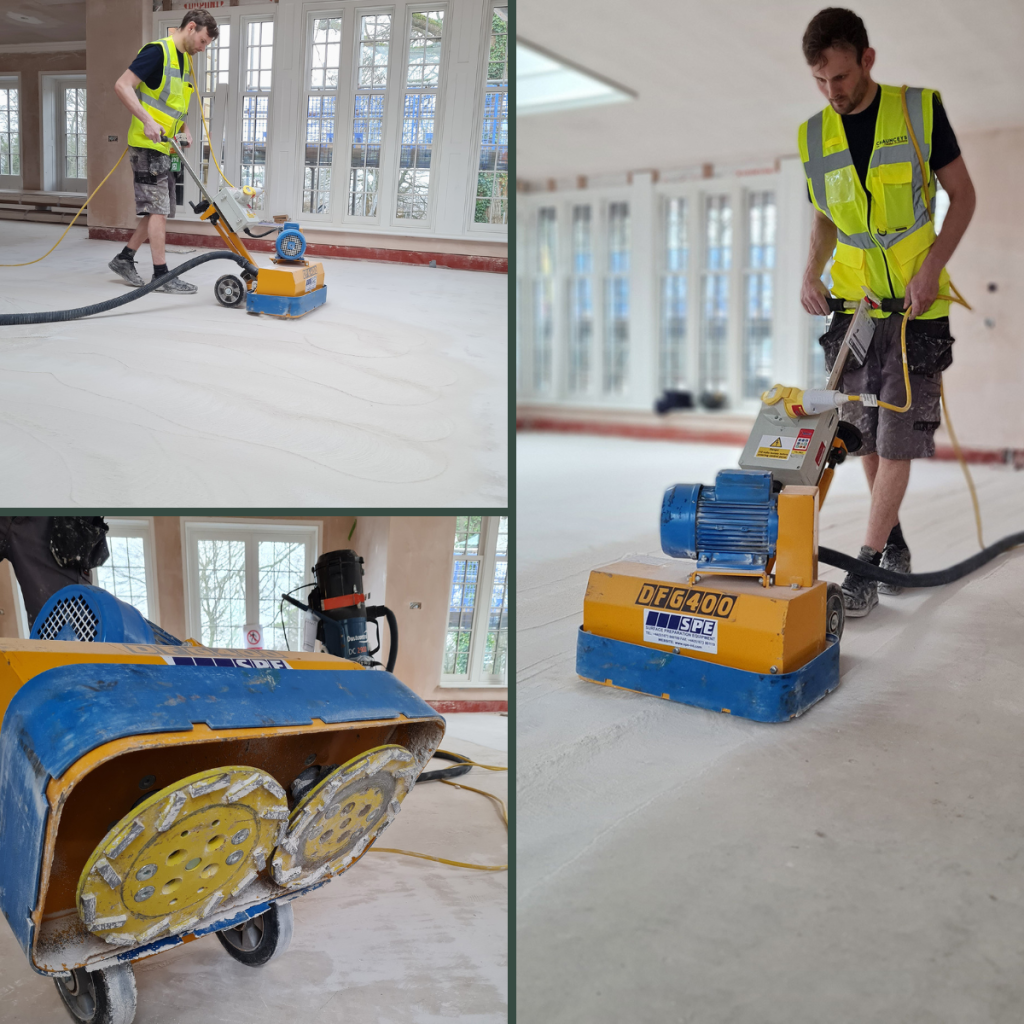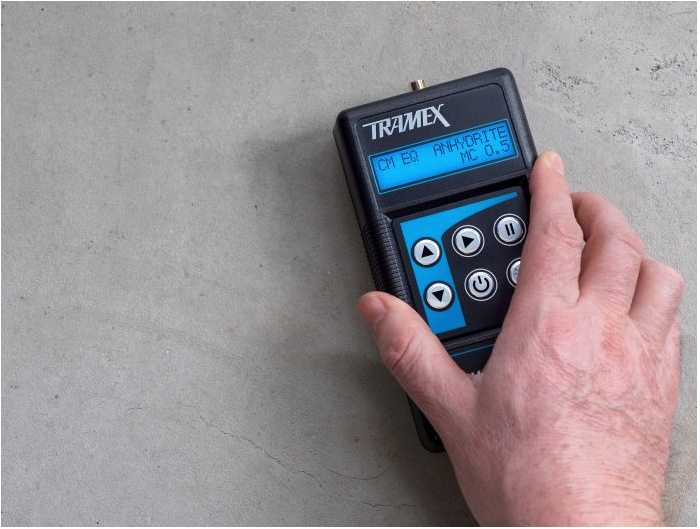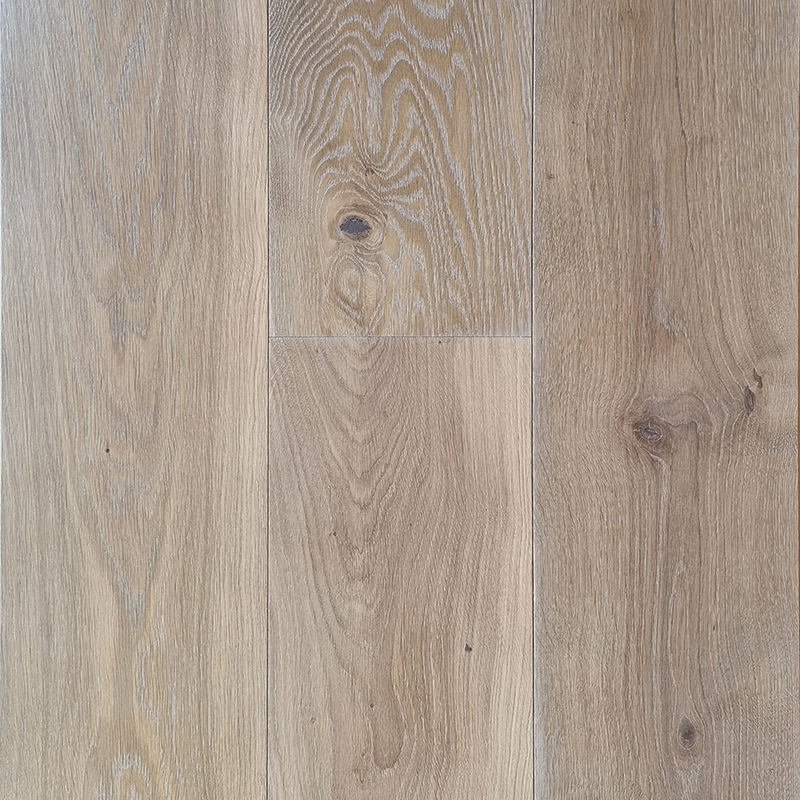Does Engineered Wood Flooring Need Underlay?

It has become very popular for engineered wood flooring to be ‘floated’ over underlay because it’s such a quick, easy installation method. However, we always recommend that the best fitting method for high-quality engineered wood flooring is to fully bond it to the concrete, screed, or chipboard using a flexible wood flooring adhesive. Of course, there are circumstances where floating wood flooring with the use of an underlay might be beneficial, such as when there’s a need for sound reduction.

Whilst it’s more common to use underlays when floating wood flooring, you can use some underlays and still bond your flooring to the subfloor.
What is Underlay?
Underlay is simply a thin layer of cushioning material which is laid in between the subfloor and the wood flooring. It’s usually made of polyurethane foam, cork, sponge rubber, or recycled fibres.

Noise Reduction
Thankfully, soundproofing is taken into consideration with new builds and extensions; the necessary soundproofing and thermal insulation is often carried out at subfloor level.
Noise reducing underlays might be considered for older properties and renovation projects where there is a particular concern about the impact sound of the flooring underfoot. They are worth looking into if you’re installing on the second floor of your home and want to minimise the impact noise from above. The same goes if you’re laying wood flooring in an apartment and you have neighbours underneath you to consider.
If additional noise reduction is required for your project, you may choose to float your engineered wood flooring on top of a high-quality acoustic underlay. There are some great acoustic wood flooring underlays on the market which will reduce the noise of footfall. It’s worth noting that although these products will lessen the noise from above, they are not usually a complete soundproofing solution.
Underlay Thickness and Decibel Rating
Underlays usually come in thicknesses between 1.8mm and 6mm, but they can be even thicker. Generally, the thicker the underlay you put down, the more noise reduction you’ll get; that said, it’s not always the case and it’s best to judge them by the decibel rating they’ve been given. Acoustic wood flooring underlays are rated by the amount of noise reduction they can achieve. For example, a high-quality underlay can reduce sound by between 19db and 23db. Some can achieve even more than this.
Some underlays can make a floating wooden floor feel a little bouncy to walk on when compared to wood flooring which has been glued down directly to the subfloor. If you prefer your wood flooring to feel more solid underfoot, a fully bonded floor might be a better option.
Thermal Insulation
Many wood flooring underlays also offer the benefit of heat insulation. They are rated with a tog rating depending on their insulating ability: the higher the tog number, the more thermal insulation your underlay achieves. Underlays with good thermal insulation will help keep your house warmer for longer. This allows you to heat your home more efficiently.
Can You Use An Underlay With A Parquet Floor?
In normal circumstances we would advise against using a standard foam underlay beneath any herringbone blocks or chevron flooring; a parquet floor can’t be fitted as a floating floor in the way that engineered planks can.
In situations where you want to have the timeless beauty of parquet flooring but require acoustic insulation to meet building regulations — such as in apartments or a public buildings — there are still options available. We recommend Regupol in these circumstances.
About Regupol
If for any reason, you need noise reduction and thermal benefits of underlay but want to fully bond your flooring, you can bond Regupol underlay to the subfloor (e.g. concrete, screed, plywood, or chipboard). Then, your planks, chevron, or herringbone flooring can be bonded directly to the surface of the underlay.
It’s worth bearing in mind that as well as the cost of this specialist underlay itself, there are extra costs involved when installing it. You’ll need to purchase double the amount of adhesive to sandwich the underlay between the subfloor and your wood flooring. Another consideration: this underlay needs to be rolled out and allowed to settle on site for a day in advance, so factor this into your project schedule.
Underlay and Underfloor Heating
If you have an underfloor heating system, it’s important to choose a suitable underlay that will allow the UFH to function efficiently. There are underlays available which are designed with this in mind; these are usually thinner with a low tog rating.
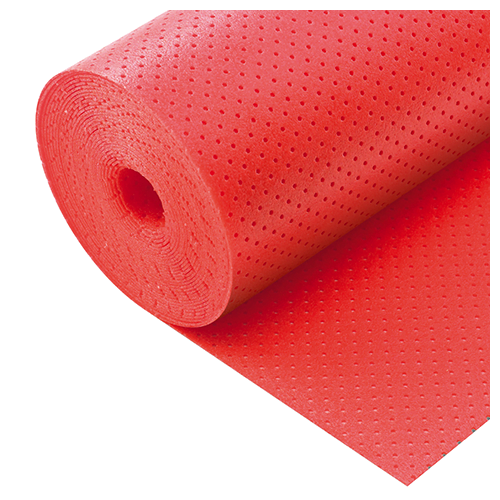
If you have a Limecrete subfloor, it is also advisable to opt for a thinner perforated underlay which will allow the subfloor to remain breathable.
Built-in Damp Proof Membranes
A lot of wood flooring underlays offer an in-built damp proof membrane or vapour barrier. This is a layer on the bottom of the underlay which is designed to stop any moisture rising up from the subfloor. When fully bonding wood flooring, we would recommend that a liquid DPM should be applied to the subfloor where there are unacceptably high subfloor moisture levels.

Our Underlay Recommendations:
If you’ve decided you’d like to fit an underlay as part of your wood flooring installation, we recommend the following products:
QuickTherm — an ultra-thin, perforated underlay made from dense but lightweight polyethylene foam, with a very low tog rating to allow effective heat transfer with UFH systems. Designed with maximum heat transfer in mind. 100% recyclable. Thickness: 1.8mm, tog rating: 0.35, sound reduction rating: 19 dB.
Regupol 4515 Multi Acoustic — a very resilient acoustic underlay made from polyurethane foam and cork. It can be bonded to the subfloor to give provide sound reduction for fully bonded wood flooring. 100% recyclable. Thickness: 3mm – 4.5mm, tog rating: 0.39 – 0.54, sound reduction rating: 18-19dB.
Sika Silent Layer — a slotted polyethylene foam underlay mat which provides sound reduction benefits whilst giving you the good solid feel which comes with bonding planks to the subfloor with SikaBond gun-grade adhesives. Thickness: 3mm – 5mm, sound reduction rating: 16dB – 18dB reduction.
Timbertech 2 Silver Plus — a high-quality, thin underlay made from high-density, fleece-backed natural rubber with a silver vapour barrier and a low tog rating. Thickness: 3mm, tog rating: 0.37, sound reduction rating: 20-21dB.



